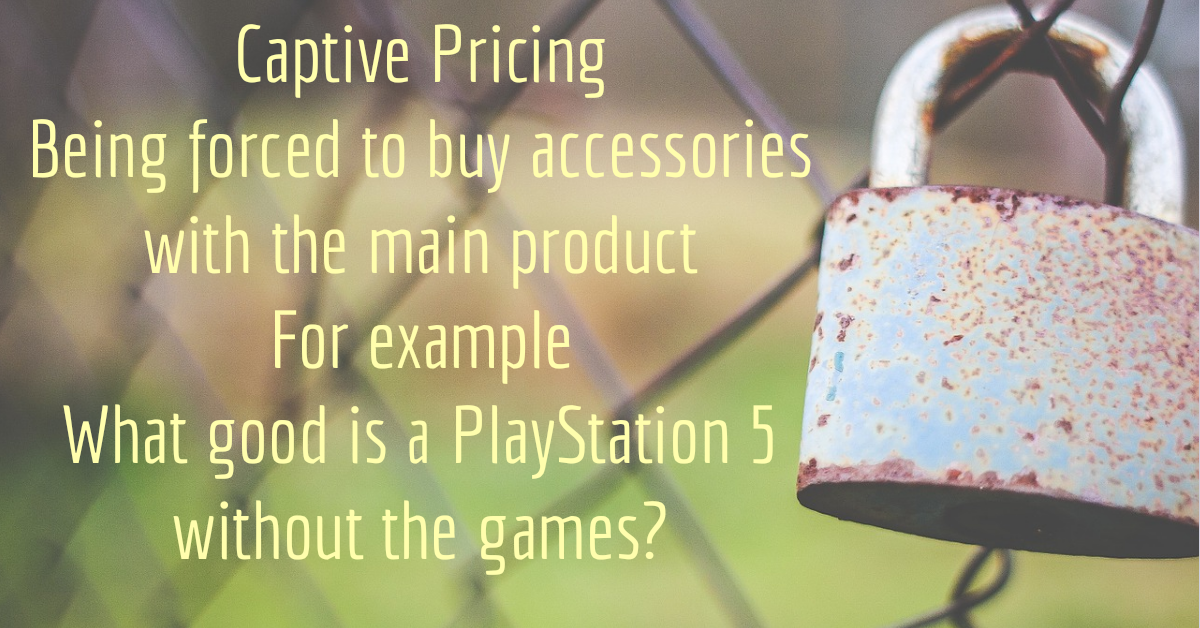Welcome to LearnMarketing.net
Captive Pricing
Introduction
Captive pricing involves the firm charging a low price for the core product and a high price for accessories and replacement parts. It is called captive pricing because in order for the customer to fully utilise the core product they have no option but to pay the high price charged for accessories and replacement parts for the core product. For example a printer company sells their printer at a very low price. Their customers can use the printer until the ink cartridges run out. When the cartridges run out, customers discover that the replacement cartridges are more expensive than the printer. In order to continue using the printer the consumer has to pay the high price set for the replacement cartridge.




